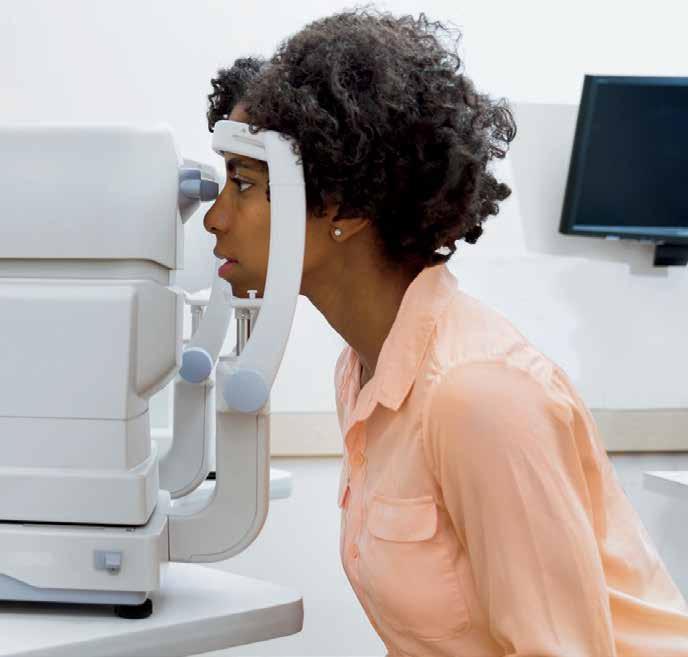
3 minute read
Mental Health
THE STRENGTH TO HEAL and get back to what I love about family medicine
Do you remember why you became a family physician? When you practice in the Army or Army Reserve, you can focus on caring for our Soldiers and their Families. You’ll practice in an environment without concerns about your patients’ ability to pay or overhead expenses. Moreover, you’ll see your efforts making a difference.
Advertisement
To learn more about the Army or Army Reserve, call MAJ Tamela Mitchenor at 210-692-7376, or tamela.l.mitchenor.mil@mail.mil
Mental Health
Behind the Pandemic, An Epidemic Worsens
By Lauren Rouse
While the world focuses on the coronavirus pandemic, the ongoing opioid epidemic in America has gotten worse
Social Drug overdoses have increased drastically during the COVID-19 pandemic. Provisional data released from the Centers for Disease Control and Prevention (CDC) and the National Center for Health Statistics (NCHS) indicates more than 81,000 deaths occurred from drug overdoses in the United States between June 2019 and May 2020, which is the largest number of drug overdose deaths ever recorded in the nation for a 12-month period. The report also noted that the rise in overdose deaths during this period was primarily driven by synthetic opioids, with state and local data reporting overdoses were linked to “illicitly manufactured fentanyl.” Texas, although not initially seen as a high opioid misuse state, reported a greater than 50 percent increase
in synthetic opioid deaths in this 12-month period. The unknowns and challenges that come with a pandemic can cause many people to become stressed and overwhelmed with strong emotions, according to the CDC. This increased stress can cause anger, sadness, worry, frustration and physical reactions such as headaches, stomach pains or skin rashes, worsening mental health conditions, and increased use of drugs, alcohol and tobacco. “It is not surprising that there is a convergence of these two public health crises, and generally negative impacts on both mental and physical health, especially for older adults who may become more socially isolated,” said Marcia G. Ory, PhD, MPH, founding director of the Texas A&M Health Center for Population Health and Aging and chair of the Texas A&M Health Opioid Task Force. Physical distancing and avoiding contacts outside of the home could inadvertently lead to higher numbers of people using substances alone without others to perform life-saving measures like administering naloxone or calling for help in case of an overdose. Additionally, the fear of contracting COVID-19 could deter bystanders from administering life-saving measures or the user from reaching out to health care providers for help. The response to mitigate the COVID-19 pandemic has also involved shelter-in-place recommendations, travel restrictions and physical distancing guidelines, adding additional hurdles to treatment that people with opioid use disorder already face. The opioid epidemic didn’t go away when the coronavirus pandemic began, but access to many treatment options did. Getting treatment for
opioid use disorder has always been complicated, often requiring daily visits to receive medication, such as methadone, that control cravings and maintain sobriety under the supervision of a clinician. During the pandemic, many such programs have remained shuttered, even as overdoses are on the rise. “Many patients suffering from opioid use disorder lost their main source of continuity, not only for medication and treatment, but also the community of people that supports them during recovery,” said Joy Alonzo, M. Engineering, PharmD, clinical assistant professor at the Texas A&M Irma Lerma Rangel College of Pharmacy and co-chair of

















